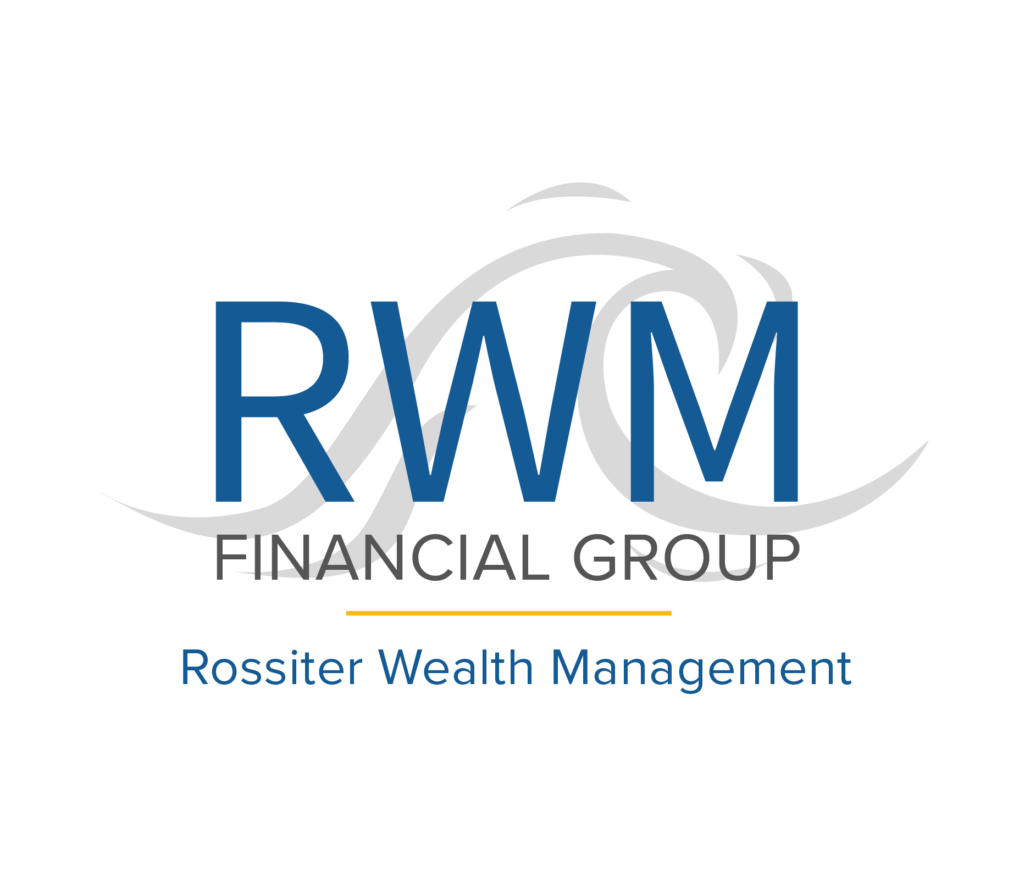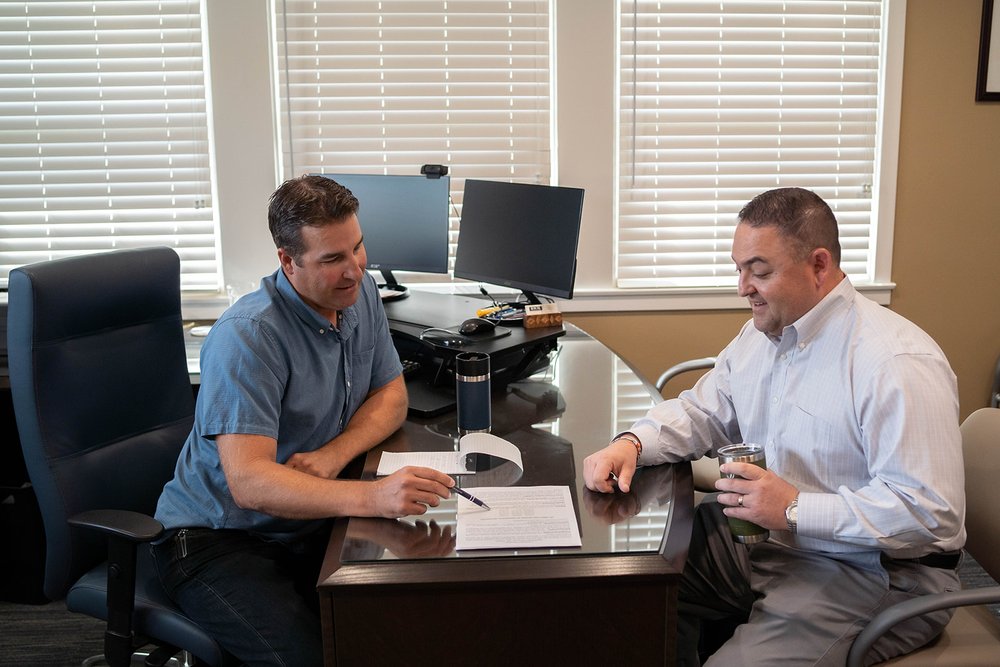Alright, let’s cut to the chase—everyone wants to feel like they’re part of something meaningful, right? For companies, aligning their big plans with what their employees are aiming for isn’t just a nice-to-have; it’s a must if they want everyone on board, motivated, and ready to go the extra mile (without a grumble). Here’s a laid-back take on how companies can connect their big dreams with their people’s personal goals—and how RWM Financial Group is here to support you, from financial education to setting up 401(k)s that bring everyone closer to their goals.
Keep It Real with Open Communication
Start with good ol’ fashioned honest talk. Regular check-ins, genuine chats about ambitions, and the kind of culture where everyone can throw their ideas on the table make all the difference. Leaders, don’t just nod along—ask employees about what lights their fire! Whether it’s career growth or financial stability, open conversations lay the groundwork for connecting individual goals with company plans. Here at RWM Financial Group, we help companies communicate the importance of financial wellness by offering tailored workshops and one-on-one sessions on topics like retirement savings and 401(k) options.
Get Clear on Shared Goals
If the company’s goals are a mystery, how’s anyone supposed to get excited about them? Lay it out clearly—where’s the company headed, and why? When everyone knows the end game, it’s way easier to see how their own goals fit in. Clear goals aren’t just for big shots at the top; they’re for everyone, so make them simple, relevant, and inspiring. For instance, sharing the company’s commitment to providing a top-notch 401(k) plan can help employees see how their long-term financial goals line up with the organization’s priorities. With RWM Financial Group’s support, companies can set up retirement plans that serve everyone, from seasoned execs to the newest hires.
Give Development a Front Seat
If you want people to stick around and feel pumped, invest in them. We know that financial security is high on the list for most employees, which is why we offer services that encourage financial growth—like educating employees about maximizing their 401(k) contributions or saving for personal goals. These resources can make a big difference in how people feel about their jobs. From small business teams to larger corporations, RWM Financial Group provides tailored support for your unique workforce’s financial future.
Use a Goal-Setting Game Plan
Think frameworks like OKRs or SMART goals. Yeah, they sound a little corporate, but bear with us. These systems give structure to goal-setting and make it easy to see who’s crushing it. Plus, they give everyone a chance to brag (or reflect) on their progress. And just like with career goals, financial goals benefit from structure. We at RWM can help you create a structured 401(k) plan for your employees, enabling them to set, track, and adjust their retirement goals as they grow with your company.
Roll with the Punches
Employees’ goals aren’t carved in stone, and that’s a good thing. New skills, new passions, and sometimes just life mean goals change. Be open to mixing things up—whether it’s remote work, new projects, or different roles. A little flexibility keeps things fresh and lets people feel like they’re growing with the company, not just for it. RWM’s flexible approach to financial planning works the same way: we’re here to make sure your employees’ financial plans grow with them, whether that means updating 401(k) offerings, adjusting contributions, or addressing new financial education needs.
Show Some Love for a Job Well Done
When employees hit a milestone or crush a goal that matters to them (and the company), throw a little celebration! Public recognition, a bonus, or even a well-timed “Thank you!” can work wonders. Financial rewards and benefits—like a robust 401(k) match—are a big part of showing employees they’re valued. At RWM, we can help you set up a 401(k) plan that gives employees a financial boost as they work toward their personal and professional milestones.
Embrace Feedback and Keep It Moving
The road to alignment is paved with feedback—so make it a two-way street. Regular check-ins, team debriefs, and the occasional survey help everyone stay connected and keep strategies relevant. It’s like tuning a car; little tweaks here and there make sure it’s still running smoothly, no matter how long the journey. RWM Financial Group offers feedback loops for your financial plans, too, helping employees and employers review, tweak, and optimize 401(k) plans and other financial resources to keep everyone on track.
Share the Big Picture (Because It Matters!)
Employees don’t just want to clock in and out; they want to see the impact of their work. Tie their goals and contributions back to the company’s purpose—whether it’s creating the next great product, helping customers in meaningful ways, or just making the world a better place. When people see the bigger picture, it makes the day-to-day a whole lot more satisfying. At RWM Financial Group, we believe in building financial stability and growth for your team, which ultimately feeds into a stronger, more motivated company culture. With the right financial tools, like a well-managed 401(k) plan, employees feel more secure about their future—allowing them to focus on their work with confidence.
Aligning company plans with employee goals takes some effort, but the payoff? Worth every bit. By keeping communication open, investing in growth, and celebrating achievements, companies can build a workplace that’s fulfilling for employees and productive for the business. And RWM Financial Group is here to support every step—from helping employees get the most out of their 401(k)s to providing financial education for small businesses and large corporations alike. When everyone’s in sync, working together becomes a lot more fun, and success turns into a team sport.
This information was developed as a general guide to educate plan sponsors, but is not intended as authoritative guidance or tax or legal advice. Each plan has unique requirements, and you should consult your attorney or tax advisor for guidance on your specific situation. In no way does advisor assure that, by using the information provided, plan sponsor will be in compliance with ERISA regulations.



